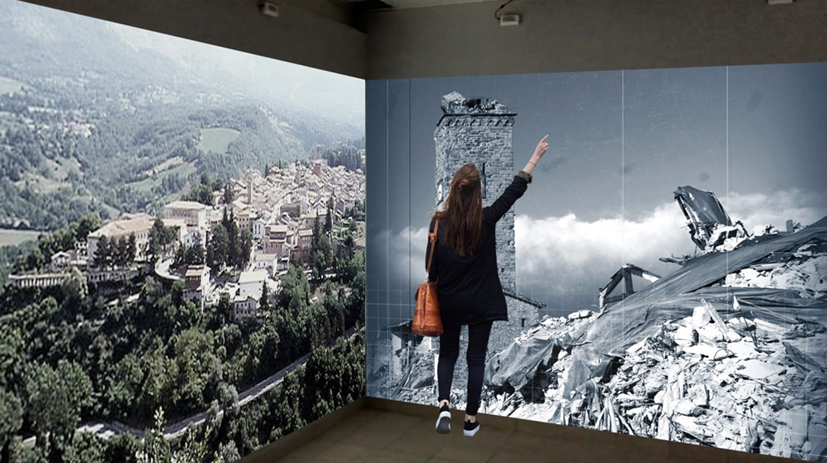
Drawing as an experience. Knowledge, simulation and participation
Abstract
Paideia, a word coming from the antique Greek, which means formation or education, is the term that in ancient Greece denoted the pedagogical model in force in Athens in the fifth century BC, referring not only to school education of children, but also to their ethical and spiritual development in order to make them citizens perfect and complete, a high form of culture capable of guiding their harmonious integration into society. Education was not a segregated activity, conducted for certain hours, in certain places, at a certain time of life. It was the aim of the society. The city educated the man. The Athenian was educated by culture, by paideia. (Hutchins, 1970)
Donald Schön’s work on organizational learning and reflective practice that tends to receive the most attention in the literature, his exploration of the nature of learning systems and the significance of learning in changing societies has helped to define debates around the so called ‘learning society’. According to this attitude, the learning society represents a new human condition with knowledge as a new form of capital and experiential design as a new form of economy.
In this renewed social context, the role of the designer who designs or transforms interiors requires a visionary and imaginative force that must translate the cultural dimension of the project into formal expression but also ensure a functional and environmental character that is nowadays integrated by digital technologies. The chapter, starting from the new social condition inspired by the learning society introduces issues and questions about the role of designers in the future. The change in the attitude of designers, the need to design and promote an effective experience of interiors is promoting the integration of interactive environments for the fruition of cultural heritage and a new concept for creating space for the community and the civic empowerment. Representing culture and human heritage in the digital age is the contemporary challenge for designers that are figuring out interiors for community centers, like a museum or a library or the new hybrid spaces designed as urban interiors.
The study highlights interdisciplinary research and design projects where drawing and technologically innovative imaging broaden the experience, generate knowledge, as well as stimulate the narrative, dialogue, and involvement of people in the regeneration of places and culturally engaging environments.
Drawing as experience makes possible to achieve multiple forms of representation. It fosters both the understanding and the design that is unrestricted to shaping the experience of goods or spaces (experience economy), but introduces an advanced vision of things and systems and stimulates a shared vision of material culture. Computer graphics and digital imaging are changing the relationship between designers, users, environment, cultural and educational content of cities, physical and virtual public space, as well as an archive, library, and museum collections. The urban and architectural environments need to be reimagined and transformed considering their virtual extensions and allowing a range of customizations linked to the selection of contents. Participation, interaction, and sharing of information mediated by users and synthesized by means of drawing, rendering, mapping, and modeling, should also lead to innovative solutions for environments wellbeing, safety, and ergonomics, and ensure wider access to high-quality cultural contents.
Case studies and best practices introduce critical issues to face the challenges of capturing and designing a physical space or envisioning a cultural space that is set up with innovative ICT technologies including a process of citizen participation in decision making. 3D data, archives, projection, modeling, sensors, light, digital representation, interaction, responsive surfaces need multidisciplinary methodologies encompassing several topics: places for culture, digital heritage, access to culture and education, design of urban environments and interiors.
DOI: https://doi.org/10.20365/disegnarecon.23.2019.ed
Full Text:
PDFRefbacks
- There are currently no refbacks.
Copyright (c) 2019 Giuseppe Amoruso
DISEGNARECON
ISSN 1828 5961
Registration at L'Aquila Law Court no 3/15 on 29th June, 2015.
Indexed in SCOPUS. Diamond Open Access. All papers are subjected to double blind peer review process by qualified reviewers.
Journal founded by Roberto Mingucci
